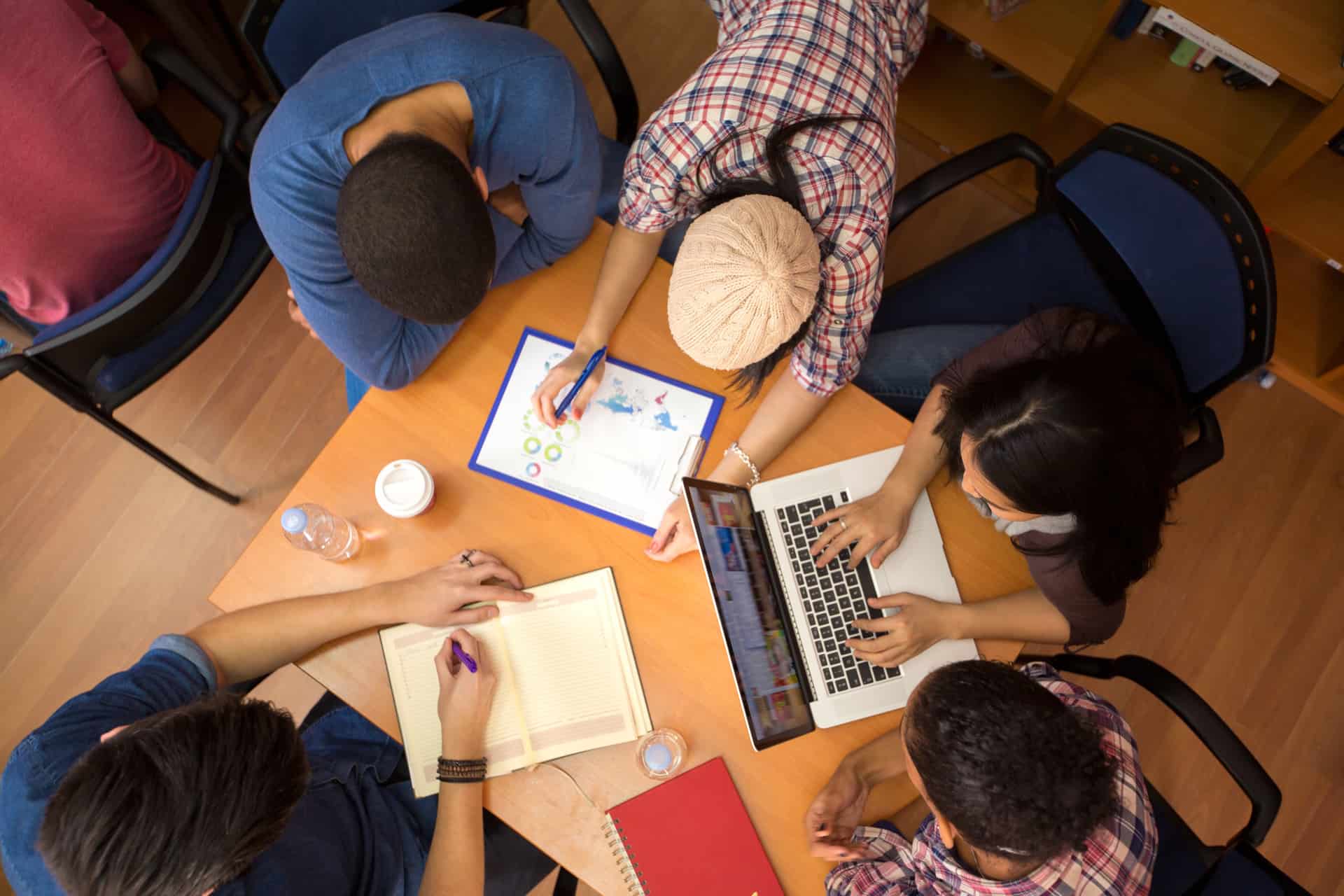I spend most of my time working with educators and school district staff discussing the benefits and challenges of implementing open educational resources (OER) — taking them from the “hey, that sounds like a really great idea” stage to facing questions like “what does this actually look like if we implement these resources at scale?” Believe me, that is not an easy jump to make. It’s fraught with many challenges and folks making the journey have scars and battle stories; however, at the end of the day, most districts who have taken the leap wouldn’t have it any other way.
At the most basic level, OER really represent a philosophy about the sharing of educational resources for the common good. In content areas like mathematics, English language arts, and science, where many states have learning standards in common, we are especially primed for wide-scale sharing of instructional material. Today, we have the capacity to digitally share resources on an unprecedented scale at next to no cost. But with that huge opportunity, we also run the risk of violating copyright on a scale like never before. That’s where OER come in.
OER are resources that reside in the public domain or have been released under an intellectual property license that permits their free use and re-purposing by others. The Creative Commons suite of open licenses are the ones you will come across most frequently. Open content licenses determine the extent to which users are granted the following important rights (the 5 Rs):
- Retain – the right to store and control copies of the content
- Reuse – the right to use the content in a wide range of ways
- Revise – the right to adapt, adjust, modify, or alter the content itself
- Remix – the right to combine the original or revised content with other open content to create something new
- Redistribute – the right to share copies of the original content, your revisions, or your remixes with others
Some open license types limit the 5 Rs and do not allow revision or commercial use. Though there are certainly limited cases where this option makes sense, for the majority of educational purposes, the least restrictive open licenses that grant users all the rights above are the most useful.
Most people glom on to the word “free” as the most important aspect of OER, but I’d argue that the ability to modify — to adapt at will to meet the needs of your district’s student population — is really the most powerful feature. In fact, when we talk about OER, we really need to clarify that it’s not so much about realizing a cost savings, rather it’s enabling cost shifting. Instead of purchasing or leasing instructional materials, use of OER creates the potential to move those funds into other areas of critical need like professional development or technology capacity.
Before discussing some potential uses of OER, let’s step back and take just a moment to address some common misconceptions. Repeat after me, OER are NOT:
- Any free material you view on the Internet. There is a big difference between free and open, all related to those 5 Rs.
- Only digital resources. We need to divorce the idea of OER from the platform. Open resources are content, not a delivery mechanism.
- Any one specific type of instructional material. They cover a huge spectrum and can range in grain size from an individual image or sound effect all the way up to a full course. That means they need to be vetted differently depending on their material type. One cookie cutter review strategy won’t work.
- OER are not inherently good, bad, or aligned to learning standards. They need exactly the same review for quality and efficacy as you would use for any “all rights reserved” material.
Because OER can fall into so many different categories of instructional materials, there are many ways that they are currently being used. I’ve listed some examples below that span the gamut:
Teacher/student usage of “building block” open resources
Sites like Flickr, YouTube, and Google Images all have filters to search for openly licensed resources that can be modified and incorporated into projects and presentations. This is an easy “toe in the water” into the world of OER. Moreover, it’s good digital citizenship — promoting the legal use of resources without violating anyone’s copyright and providing an opportunity to teach about proper attribution.
Individual classroom use of open supplemental lessons/units
Teachers wanting to explore OER can use openly licensed lessons to replace or supplement existing material in order to fill gaps in standards alignment. Sites like OER Commons and Curriki are repositories for openly licensed resources geared toward the K–12 community. Access the resources online or download and vet in the same manner as any other potential resource for classroom use.
District adoption/interim adoption of open full curriculum materials:
OER can go through exactly the same adoption process as any other instructional material. The benefit is, at the end of the day, the district has a living curriculum that can be revised on a schedule determined by district needs. Though costs may be saved over the purchase of traditional instructional materials, print costs need to be factored in if that is a district requirement. In addition, robust and ongoing professional development is a must to ensure effective implementation.
For example, read how Bethel School District replaced its commercial K-5 math curriculum with open curricula from EngageNY.
- Education Week: Teachers, District Devote Time to Open Resource Transition
- YouTube: “These kids LOVE math.” – EngageNY and the Common Core
Spokane Public Schools also approved an interim adoption of EngageNY for students in kindergarten through eighth grade.
Building/district creation of open full curriculum materials:
Some districts are taking on the challenge and realizing the benefits of remixing existing open resources and/or district-developed, openly licensed content to create materials for a full course. This collaboration on the creation of up-to-date material designed to meet student needs provides an incredible professional learning opportunity and promotes educator “ownership” in district instructional materials and their effectiveness. Considerations certainly include the time and costs to assemble teachers and create materials as well as an ongoing commitment to iterate and maintain resources.
Instructional coaches, outside consultants, and teachers in Grandview School District researched and collected resources and wrote units of study to create their own instructional materials when they became concerned that their existing math and English/language arts resources were not adequately preparing students.
- Education Week: District Makes Far Reaching Change to Open Resources

















